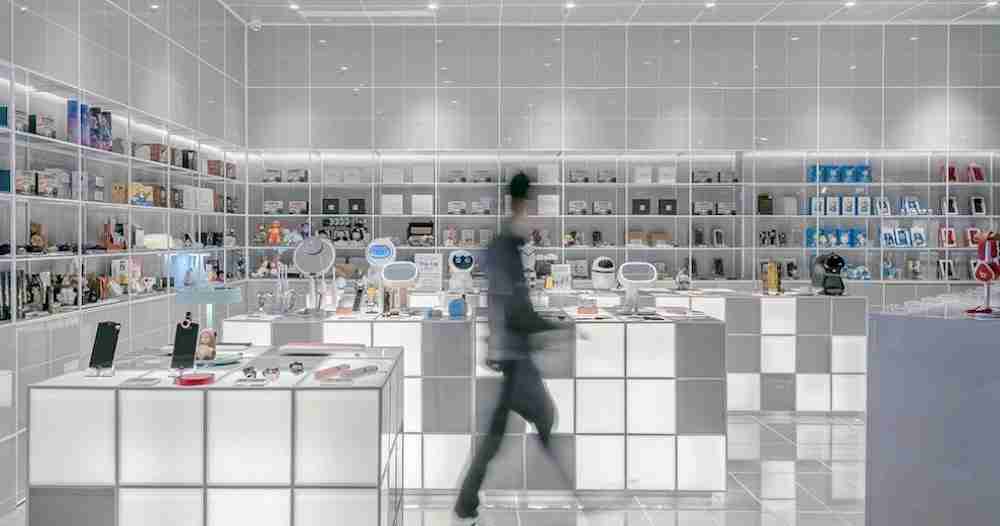A good product is almost half the job done; the rest is largely dependent on packaging. It builds you a concise brand personality, yet we have seen in many instances where it is an area with relatively less marketing spend involved, especially when strategising.
Packaging is the first part of your product customers interact with, it protects the product, yes, but it also entices and draws people in. It helps them find what they’re looking for. It’s one of the most powerful marketing tools that a brand can leverage to engage with its consumers, because there are no distractions with packaging. Unlike commercials or reviews, when the customer is close enough to look at the packaging, they are about to make a purchase decision, so this is your chance to convince them to pick your product over the competition. It is the first moment of truth between the brand and the consumer.
Packaging provides a brand with an opportunity to stand out and differentiate itself in the crowded and viciously competitive market we see today. Every consumer who considers your product inevitably engages and interacts with the packaging. This makes it a powerful touchpoint in your brand ecosystem. Your packaging tells your customer both what the product is but also who you are as a brand.
This makes the role that packaging plays a multifaceted one. It has evolved from protection into a multidimensional heavy-hitter that helps brands strengthen their equity and connect with their consumers in a meaningful manner.
Packaging is one of the pillars of your portfolio identity
Packaging identity is the main vertical of your visual identity of your portfolio. The way you design your portfolio identity needs to be aligned with your brand architecture. Leveraging portfolio synergies strengthens your brand’s equity and also helps create a powerful lure that draws people into your brand’s world.
Brands are born, grow and die out faster than ever now. As brands grow, their meaning naturally evolves and their scope inevitably expands. Consumers don’t know what your brand strategy is, all they know is what they see. So how you pitch your brands on the shelf is how consumers interpret your portfolio. A desynced set of designs that don’t present a unified brand architecture will often create confusion and, in many instances, result in a case of intra-portfolio competition.
Even if your brand architecture is strategically crafted, the visual identity of the portfolio can fail to communicate that. You involuntarily get into a vicious cycle of killing the tired brands and introducing new ones to take their place which end up serving the same cohort of consumers offering more or less the same experience over and over again.
At the end of the day, brand architecture is something that consumers needs to understand without being told. A well-crafted brand strategy is like telepathy, your marketing team thinks it and your customers see it. A poorly crafted strategy is like a game of telephone, you never really know what you’re going to get at the end.
Design for “the one” – single mindedness of your packaging narrative
Write your packaging brief with one persona in mind and pursue this persona’s needs single-mindedly while building your brand image. Even if the brand needs to serve a large segment, a sharp focus is needed to help the designers craft the ideal visual identity. If you start with a broad segment your persona will be very generic, it will appeal to many people but to none of them strongly. The brand needs to be able to prioritise and differentiate so that consumers can filter & decide when in front of the shelf. Building the catch-all product never works out in your favour, it becomes the product for everyone that nobody wants. It’s like playing Tetris, you need to find the right block to fit the right place.
Making a great first impression
First impressions matter (it’s a cliché for a reason). Research might tell you how ten different elements of your packaging might stand for a variety of positive values. But in reality, when human attention span is on the decline, having too many elements quickly becomes redundant. You have to capture the customer’s attention so as to enable you to tell your story, so if the first impression does not distill that story in a way that the human mind can interpret in a few seconds, you won’t get a chance to talk about all the reasons why your product is better than the competition.
Ask yourself this: When you look at the package, is it clear what the product does and who it’s for? Buyers are only going to spend money on things they understand.
Breaking the clutter with meaningful design
Most often the desire to make your product stand out, comes at the cost of simplicity. The packaging becomes cluttered & complex which makes it difficult for consumers to understand. It also implies that the product is complex, and nobody wants a complex solution to a simple problem. You need to reduce the clutter and present your product in the simplest, most meaningful way.
Converting utility to a marketing tool
This is often not an important aspect of a product, but if your packaging can be reused, then it should be! There are many instances where packaging design transcends beyond aesthetics and protection. What if your box can be reconfigured into something useful?
This is a clever way to increase the longevity of your brand presence in a household. It can also tell your customer something valuable about your brand. Packaging is necessary to make sure the product gets to them safely but that does not mean it needs to become waste after they get home.
Be genuinely sustainable
Consumers are becoming more and more aware of the ecological footprint their purchase decisions have. If it’s not practical for your packaging to be reused, consider shifting to more sustainable options. In an era where there is a crisis of trust everywhere, consumers care for brands that genuinely care about the community they are serving.






